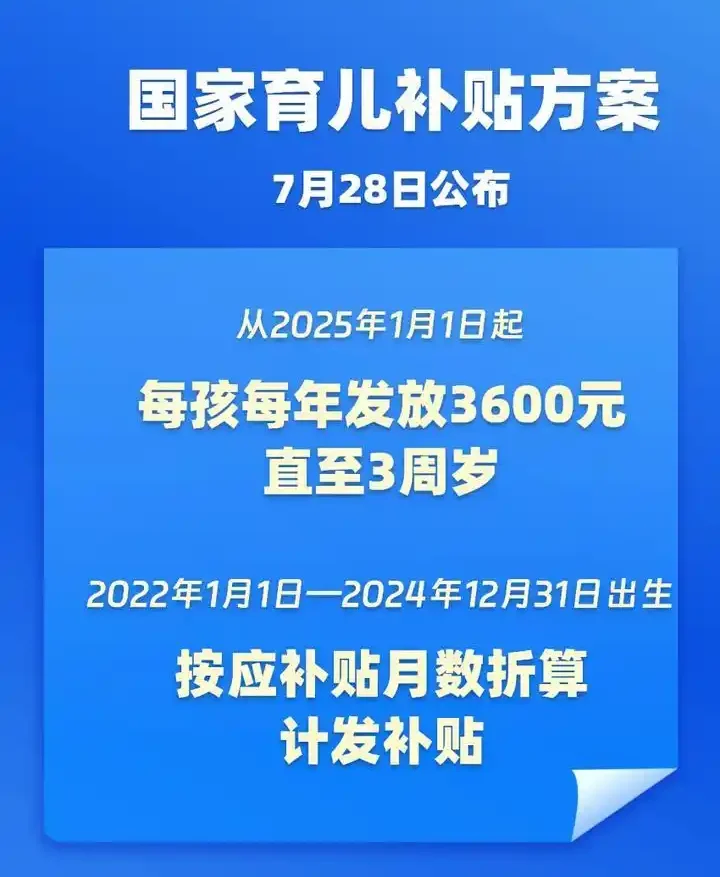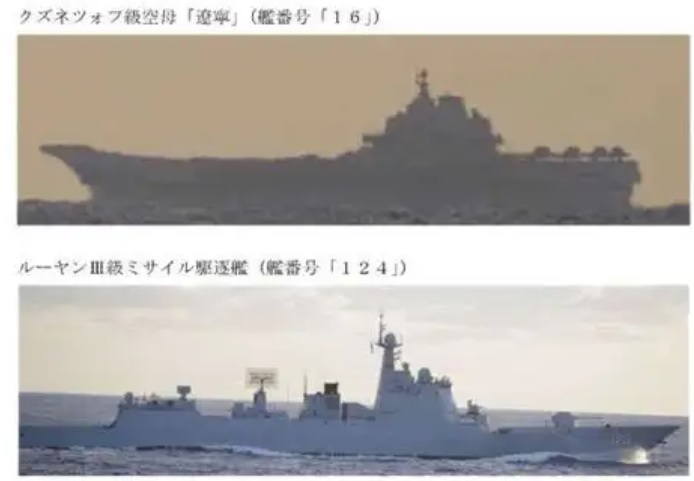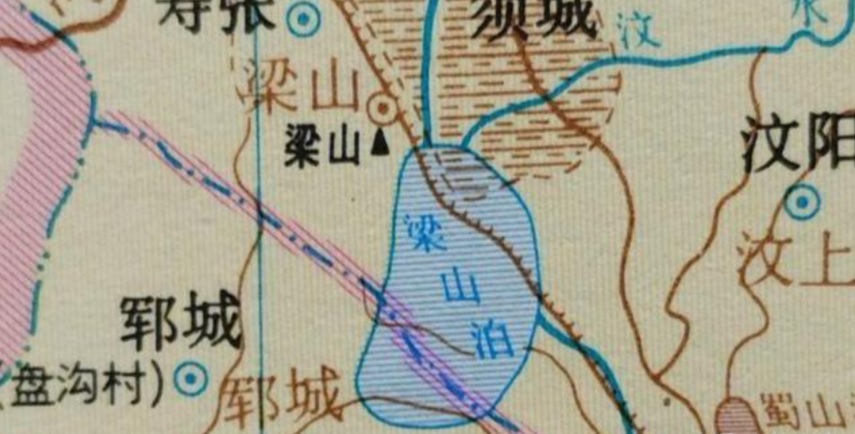“The national childcare subsidy plan announced: 3,600 yuan per child annually for infants under 3. Which families qualify? How to apply? Collect diverse opinions.”
1. Policy Optimism: Symbolic Shift Toward Welfare State
Supporters highlight its groundbreaking nature as China’s first nationwide cash transfer to families. The uniform 3,600 yuan standard (≈3.77% of 2024 GDP per capita) aligns with European averages (2.4%-7.2%). Its non-means-tested design avoids stigmatization, benefiting all legal births equally regardless of birth order.
2. Financial Adequacy Critiques
Critics argue 300 yuan/month barely covers 10% of infant essentials (e.g., formula costs ≈1,200 yuan/month). Urban parents call it “symbolic rainwater in drought,” while rural low-income groups note it replaces borrowing for diapers
Experts stress it fails to address structural costs like education/housing.
3. Eligibility Inclusivity vs. Exclusion Gaps
All legal guardians of under-3s qualify, including non-parent custodians. Retroactive payments for children born pre-2025 (e.g., 2023-born: 7,200 yuan total) are praised. However, migrants without local hukou (household registration) face barriers despite policy intent.
4. Application Efficiency: Digital Divide Concerns
Online portals via Alipay/WeChat minimize paperwork (only birth certificate/ID required). Offline options exist but rural seniors struggle with tech access. Local governments set payout timing, risking delays in under-resourced regions.
5. Demographic Targeting Efficacy
Officials project 20+ million beneficiaries, tacitly acknowledging sub-replacement fertility (<10M births/year). Subsidies disproportionately aid “left-behind” rural mothers and low-income urban youth, reducing abortion rates among vulnerable groups.
6. Behavioral Incentive Debates
Pro-natalists cite success in cities like Tianmen (fertility rebound from 0.9 to 1.87 with local subsidies). Economists counter that 3600 yuan lacks potency without parallel childcare services/job protection.
7. Fiscal Sustainability Arguments
At ≈90B yuan/year central funding (0.7% of fiscal revenue), economists deem it affordable. Local “top-up” clauses allow affluent provinces (e.g., Zhejiang) to enhance payouts exacerbating regional inequity
8. Ancillary Policy Integration Demands
Sociologists urge pairing cash with “care infrastructure”:
- Time support: Extended parental leave
- Service access: Subsidized daycare slots
- Gender equity: Anti-discrimination laws for working mothers.
9. Long-Term Human Capital Framing
Policy architects position it as “investment in people,” fostering early-childhood nutrition and cognitive development. Critics note means-tested welfare (e.g.,低保) remains essential for extreme poverty
10. Cultural Signaling Interpretations
Nationalistic commentators laud rejecting “Western welfare traps,” while liberals see state recognition of familial burden-sharing.
Controversy Spotlight:
- “Mango Effect”: Initial rollout excluded tropical fruit subsidies, later amended after public mockery.
- Online vitriol: 22% condemn it as “bribe for poor breeders”; policymakers ignore this demographic as non-target.




